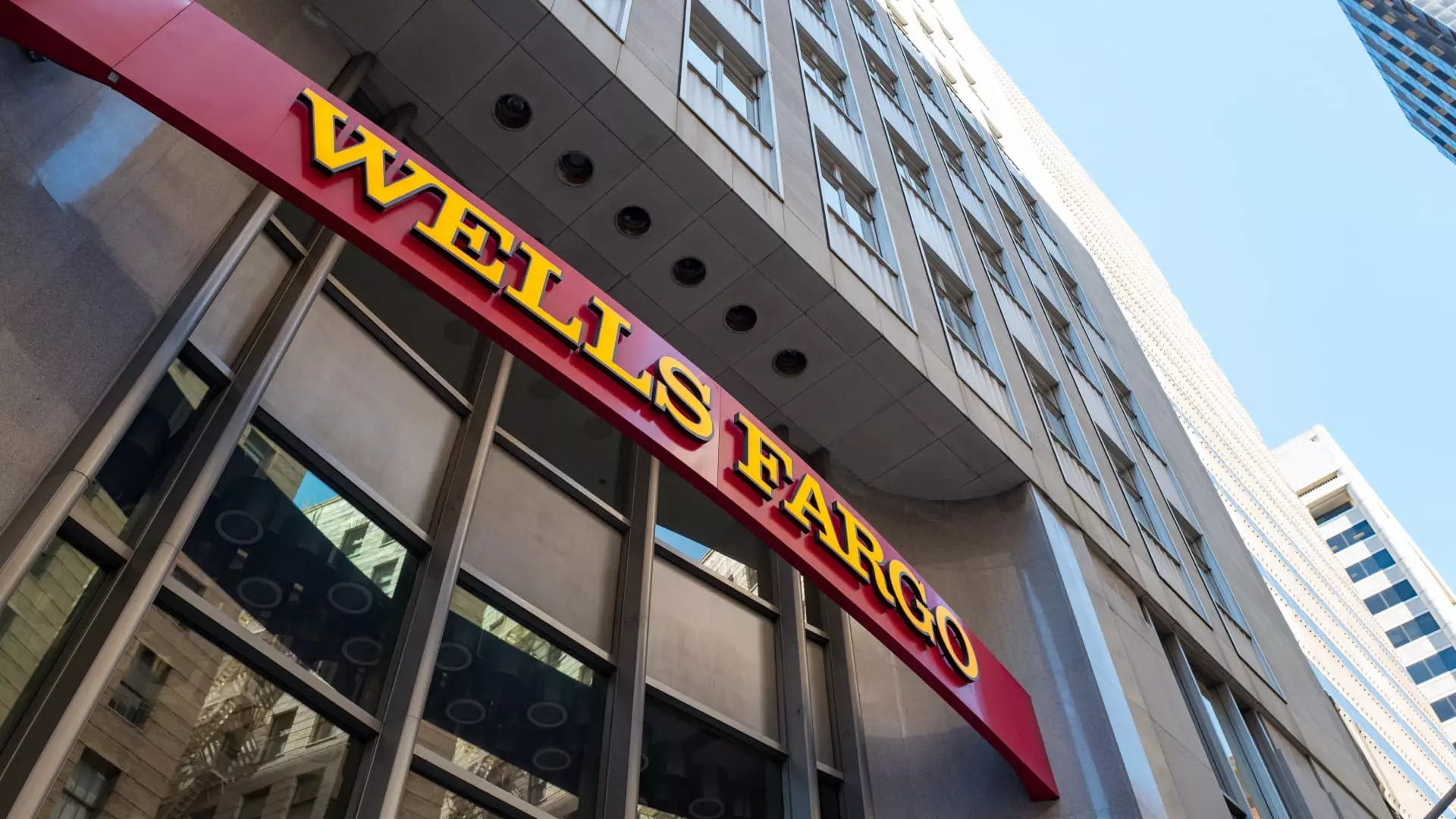Wells Fargo continues to be a significant player in the banking sector, demonstrating resilience and strategic growth potential despite facing various challenges. Following the announcement of its fourth quarter earnings for 2024, the bank’s stock surged, driven by better-than-expected earnings that highlight both its performance metrics and forward-looking guidance for 2025. This article will explore the factors contributing to this positive momentum, evaluate the bank’s performance in key areas, and assess its strategic direction.
Wells Fargo reported total revenues of $20.38 billion for the quarter ending December 31, marking a slight decline of 0.5% from the previous year. This figure fell short of market expectations, which anticipated revenues of approximately $20.59 billion, as compiled by LSEG. However, a noteworthy aspect of the report was the adjusted earnings per share (EPS) of $1.58, which surpassed analysts’ estimates of $1.35 per share. This suggests that while overall revenue growth was lacking, the bank managed to improve profitability through effective cost management.
The reported GAAP EPS stood at $1.43 for the fourth quarter, impacted by one-time expenses. Analysts had generally accounted for only some of these items in their forecasts, contributing to the variation in expectations versus actual performance. Despite the disappointment in revenue, Wells Fargo’s stock appreciated by more than 7% post-announcement, reaching prices above $76 per share.
Under the guidance of CEO Charlie Scharf, Wells Fargo has embarked on a transformation journey aimed at rejuvenating the bank’s operations and reputation following several years of scrutiny and regulatory challenges. Scharf’s strategy focuses on reducing operating costs, enhancing risk management, and diversifying the bank’s revenue streams away from net interest income (NII).
However, the bank’s dependency on traditional revenue sources remains evident. Non-interest income showed a robust increase of 10% year-over-year, reaching $8.4 billion, although it still fell short of the anticipated $8.8 billion. The increase was primarily driven by growth in investment advisory fees and brokerage commissions, which rose 15%, as well as a dramatic 59% rise in investment banking fees. This mixed performance indicates that while Wells Fargo is making progress, it still faces hurdles in aligning growth across all revenue streams.
Looking ahead, the bank has provided an optimistic outlook for 2025, projecting a rise in NII of 1% to 3% from the prior year’s total of $47.7 billion. This forecast implies confidence in the bank’s ability to adapt to market conditions while enhancing its operational efficiencies. Management’s guidance estimates a midpoint NII of approximately $48.65 billion, marking a positive deviation from current consensus estimates, which anticipated a decline.
Additionally, Wells Fargo aims to reduce its overall expenses slightly, expecting to bring down costs from $54.6 billion in 2024 to about $54.2 billion in the coming year. This targeted cost control is seen as crucial, particularly as the bank plans to invest in technology and expand its services to enhance fee generation, further decreasing reliance on traditional lending income.
Scharf’s leadership style, characterized by an “under-promise, over-deliver” approach, allows investors to hold a cautious yet optimistic view. If the Federal Reserve lifts the $1.95 trillion asset cap imposed on Wells Fargo in 2018, this could unlock new avenues for growth, particularly in investment banking, where the bank has positioned itself for a significant upward trajectory under current constraints.
Wells Fargo’s recent performance reflects the challenges inherent in the banking sector, especially regarding traditional revenue streams and regulatory scrutiny. However, the positive earnings surprise and management’s forward-looking guidance present a compelling narrative for investors. The strategic initiatives led by Scharf promise a gradual recovery and expansion of the bank’s operations, challenging the notion of stagnation that often plagues large financial institutions.
As investors consider potential options, Wells Fargo remains a notable player, particularly for those willing to bet on a turnaround story. With improving financial metrics and a strategic focus on long-term growth, the bank may well re-establish its footing as a frontrunner in the competitive landscape of banking. Whether it can maintain this momentum will depend on its ability to execute its strategies effectively and adapt to evolving market dynamics in the years to come.

